Challenge
Grand Teton National Park faces significant challenges in mitigating vehicle-related risks to grizzly bears along a critical wildlife corridor within the Greater Yellowstone Ecosystem. Despite speed limits, drivers often fail to comply, increasing the likelihood of harmful encounters with wildlife. This project addressed a gap in understanding how graphic design can influence driver behavior to support conservation goals, focusing on reducing vehicle speeds.


Approach
Our team employed an iterative design process, developing and testing a range of prototype signs in situ to determine their effectiveness in reducing speeding. Five sign treatments were selected for comparison against a control (no sign).”
The evaluation incorporated data from speed monitoring equipment, with binary logistic regression used to analyze factors influencing speed compliance, such as vehicle type, following distance, commuting patterns, time of day, and environmental conditions. The signs varied in design, messaging, and tone, including regulatory and non-regulatory approaches, with some leveraging social norms and evocative visual elements to influence driver behavior.

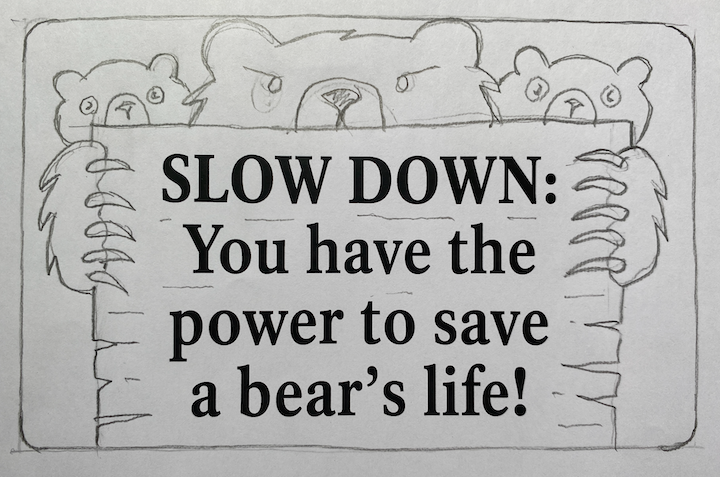
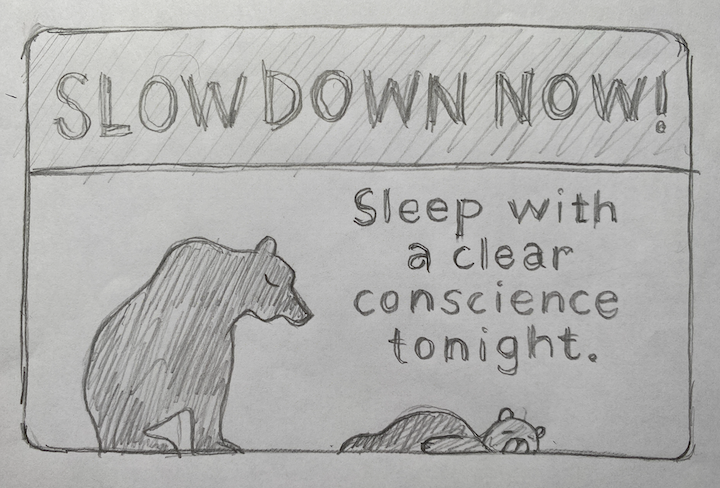
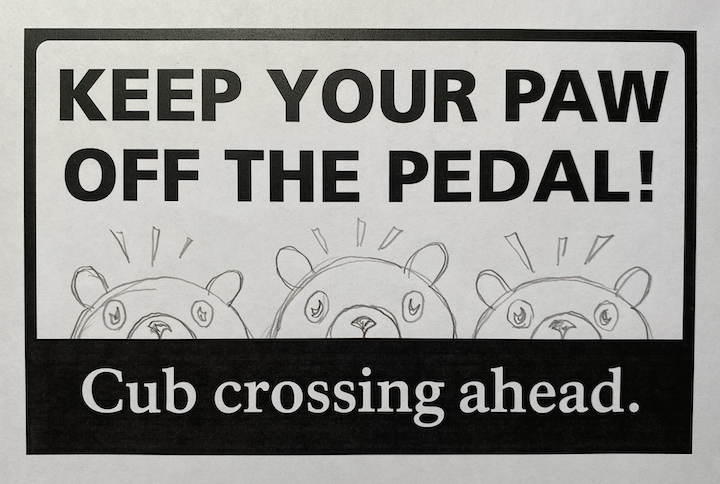

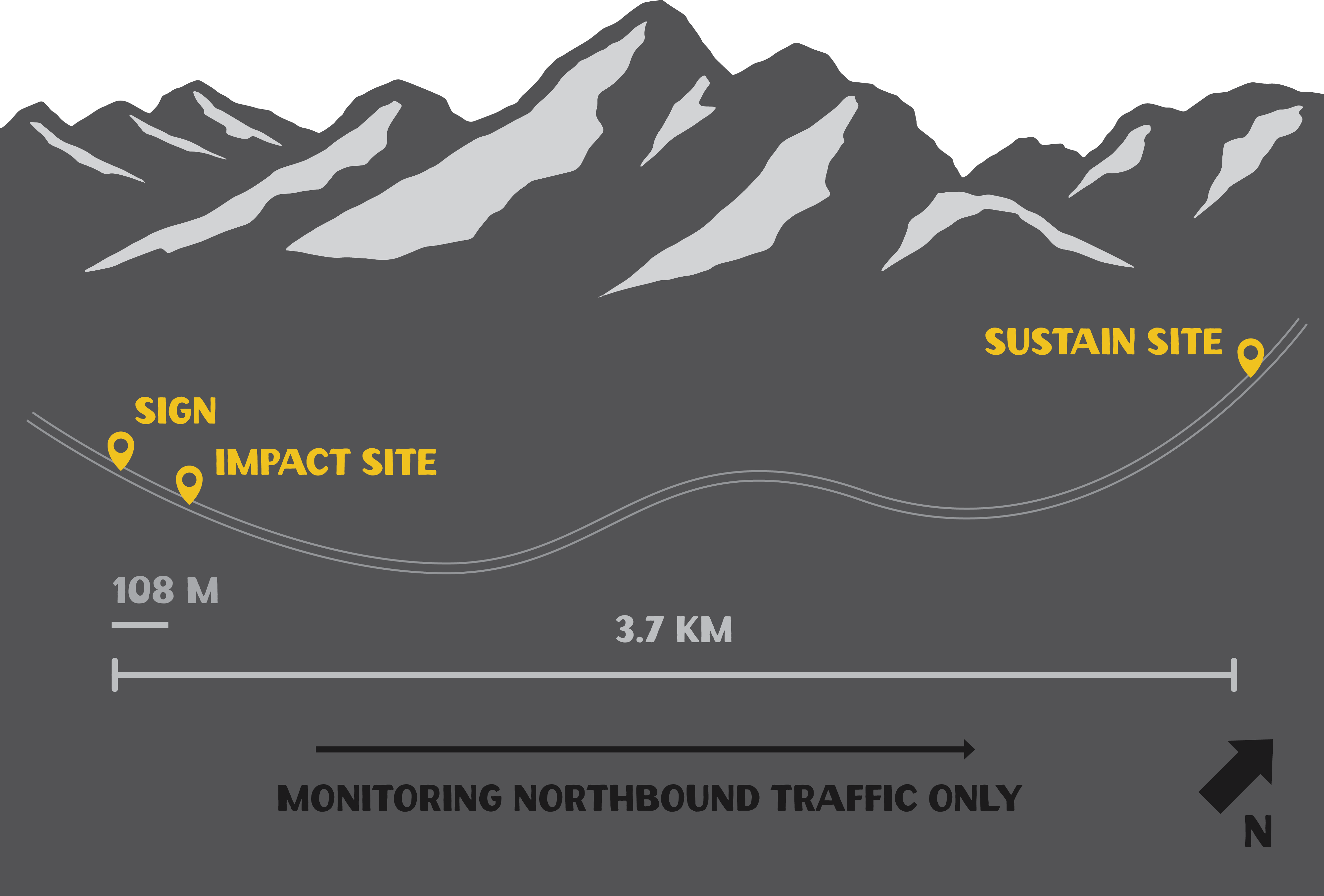
Findings: Immediate Impact
The most effective sign reduced the odds of speeding by 35% at the impact site (100 meters from the sign). This sign employed a social normative message combined with an innovative design aesthetic, featuring child-friendly illustration styles and typography reminiscent of a children’s book. The approachable, non-authoritative tone encouraged drivers to comply voluntarily, demonstrating the power of pairing unconventional graphics with conservation messaging.
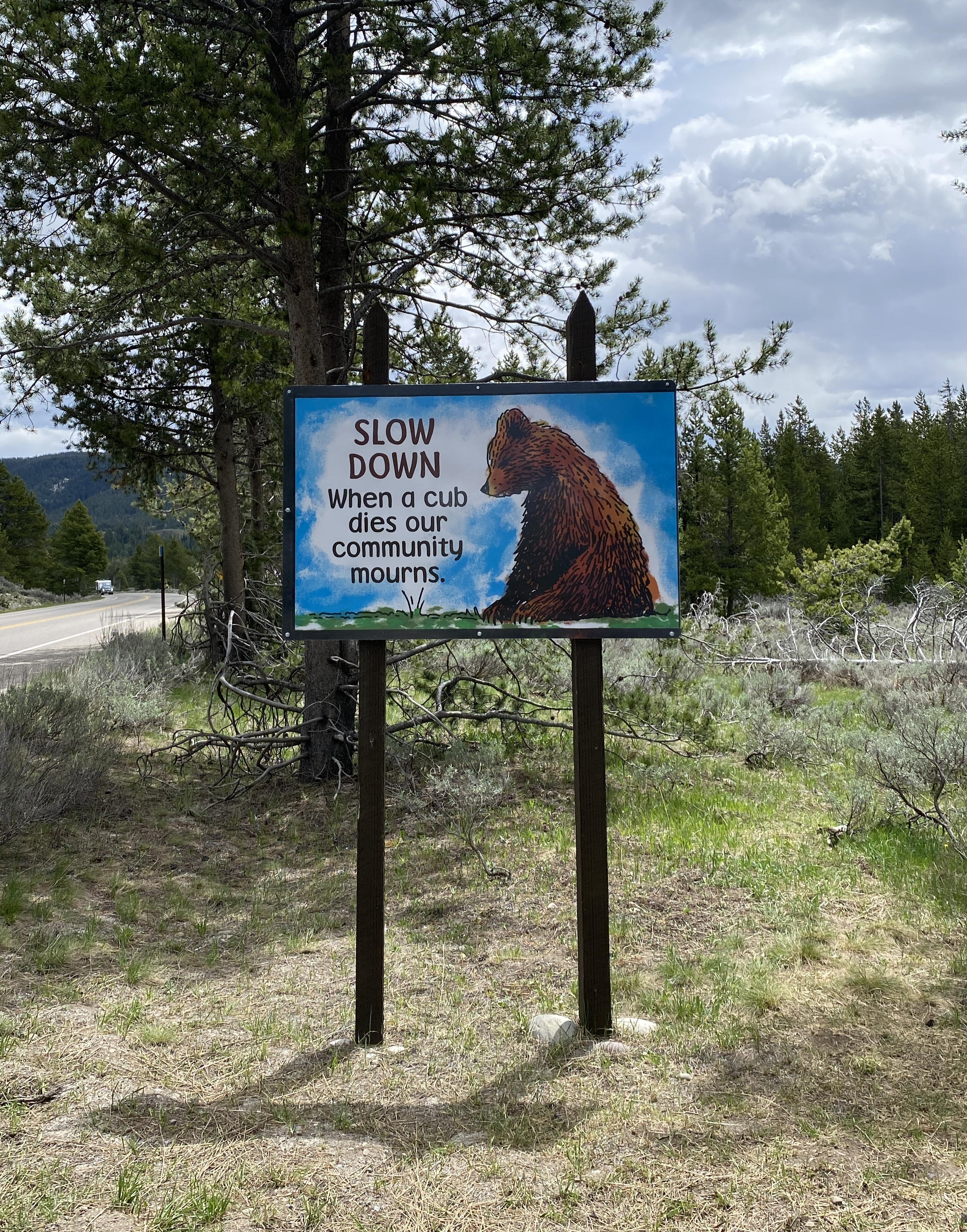
Sustained Impact
Another effective sign reduced the odds of speeding by 20% further down the corridor (3.7 kilometers from the installation) It successfully decreased the number of reckless drivers (>15 MPH over the speed limit) by 4 to 7 per daycompared to control conditions.
This sign adopted a non-regulatory message, emphasizing the presence of grizzlies, particularly a mother and cub, through WPA-inspired typography and a solemn, evocative illustration of the bears. The design’s association with the National Park Service’s heritage branding further reinforced credibility and resonance with drivers.
![]()
![The most successful sign employed a combination of strategies we learned from the initial testing phase. This sign was designed entirely on site.]()
Insights
Key findings underscore the importance of combining graphic design and social science to influence behavior:
![]()
![]()
Another effective sign reduced the odds of speeding by 20% further down the corridor (3.7 kilometers from the installation) It successfully decreased the number of reckless drivers (>15 MPH over the speed limit) by 4 to 7 per daycompared to control conditions.
This sign adopted a non-regulatory message, emphasizing the presence of grizzlies, particularly a mother and cub, through WPA-inspired typography and a solemn, evocative illustration of the bears. The design’s association with the National Park Service’s heritage branding further reinforced credibility and resonance with drivers.

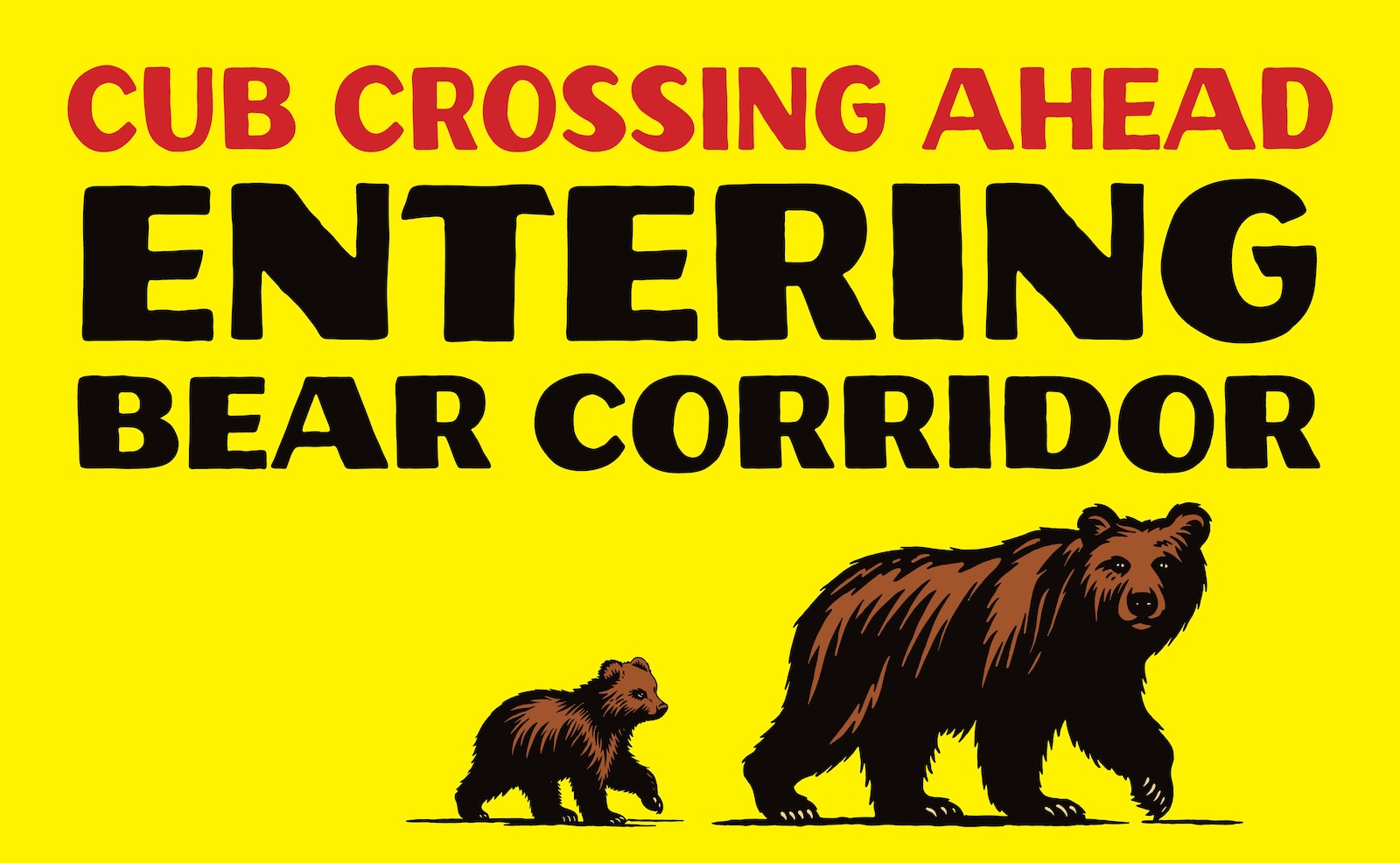
Insights
Key findings underscore the importance of combining graphic design and social science to influence behavior:
- Social Norm Messaging: Emphasizing community standards around safe driving proved highly persuasive.
- Integrated Graphics and Text: Designs that blended visual and verbal cues effectively captured attention and conveyed urgency.
- Emotional and Iconic Imagery: The use of bears in a way that elicited empathy (e.g., a mother protecting her cub) fostered emotional connection and encouraged compliance.
- Iterative Design: Prototyping and testing in situ allowed for the development of site-specific solutions tailored to driver behavior and environmental conditions.


CONSERVATION COMMUNICATION COLLABORATIVE
